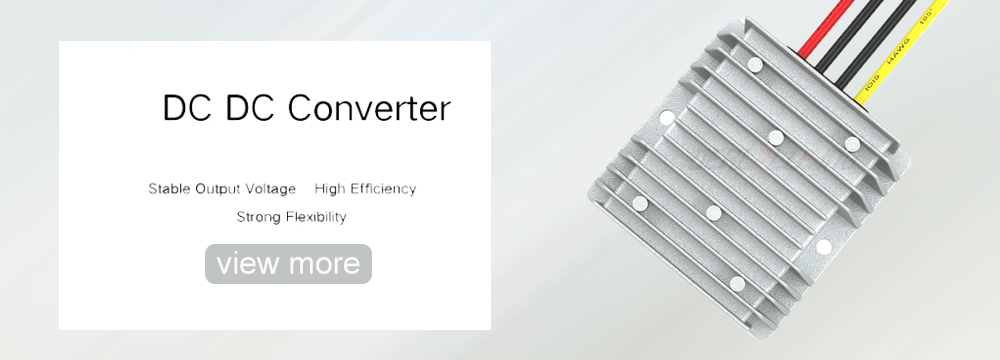When troubleshooting, it's important to consider what variables are at play and reduce the number of possible causes of failure.
Here are some guidelines to help you:
1. You need to reliably troubleshoot the system. A problem goes away on its own, it comes back on its own.
2. Change only one thing at a time and notice the effect.
3. If the circuit stops working, ask “What changed?” Was there an event that coincided with the failure?
4. See if the fault moved with the converter board, chip, or load.
With these concepts in mind, here are 7 common problems you may encounter when designing a DC-DC buck converter and some possible causes.

Too much ripple
If you see too much ripple, the inductor may be too low—higher values produce lower ripple but slower transient response.
Also, keep in mind that large inductor ripple current means higher peak current and greater likelihood of inductor saturation, especially at high temperatures, and more stress on the FETs.
Other problems may be that Cout is too low (not enough storage to support the output) or that C out ESR (equivalent series resistance) is too high (causing an IR drop in Cout).
Finally, low switching frequencies can cause more ripple.
Failure to Startup
First, ask yourself this question: Is the "enable" pin properly driven (or pulled up)? The same goes for the power good output.
Failure to start up could be because you see too much load capacitance (e.g. FPGA), acting like a short, triggering the current limit. Some chips have blanking and soft-start features to address this.
Set the current limit point as high as possible to avoid false positives, and consult with the FPGA engineer to optimize the capacitance at the system level.
Finally, make sure the V input does not drop and that the UV lock does not activate due to a drop in the input.
Voltage present at the output when shutting down
If your circuit does shut down, but you see voltage on the output, that voltage is usually coming from another power circuit. Check if there is an obscure path to other active rails.
Poor Regulation
With remote V output sensing, power path ohmic drops can cause poor regulation, which can be caused by a power rail (a single power converter output line) being distributed to too many loads on the board. This is why multi-rail converter ICs ("PMICs") are sometimes avoided, and multiple converters are used next to the load.
If your voltage sense pin is noisy, keep the layout of that pin clean and make sure any resistors associated with the sense signal are placed close to the controller.
Another explanation is that your reference voltage may be unstable if it is not filtered enough.
Slow transient response
The culprit here is probably too large a bulk output capacitor or too large an inductor.
Another problem may be poor loop compensation. It is difficult to fully characterize the loop characteristics without the right equipment. But even if you don't have a network analyzer, you can use a step load and watch the transient ringing, which will tell you a lot at a low cost.
Instability
Cout ESR can be a cause of instability because it introduces a zero in the loop response, which makes the gain curve stop falling and start moving sideways, eroding or eliminating the gain margin. If the zero frequency is low enough, the gain will not cross zero until the phase reaches 180°.
Cheaper converter chips may be internally compensated to save external parts, but make sure your C out meets the minimum and maximum C out ESR ranges within which they will be stable.
Other explanations for instability may include poor voltage sensing or summing node layout or noise.
Make sure to use your design software to generate Bode plots and check phase and gain margins, including over temperature.
Inefficiency
The bootstrap capacitor needs to be large enough to provide charge to the high-side FET gate, otherwise, that FET may not turn on fully and will then dissipate power. A resistor in series with the boost pin can be used to adjust the turn-on to control ringing.
Measuring power circuit efficiency (especially above 90%) is not easy because it requires current measurement and is a ratio of two power quantities. Hopefully you have described the contribution of each component to the losses via a spreadsheet tool, which will usually tell you that the MOSFET and inductor resistance ("DCR" or DC resistance) are the main contributors to heat waste.







